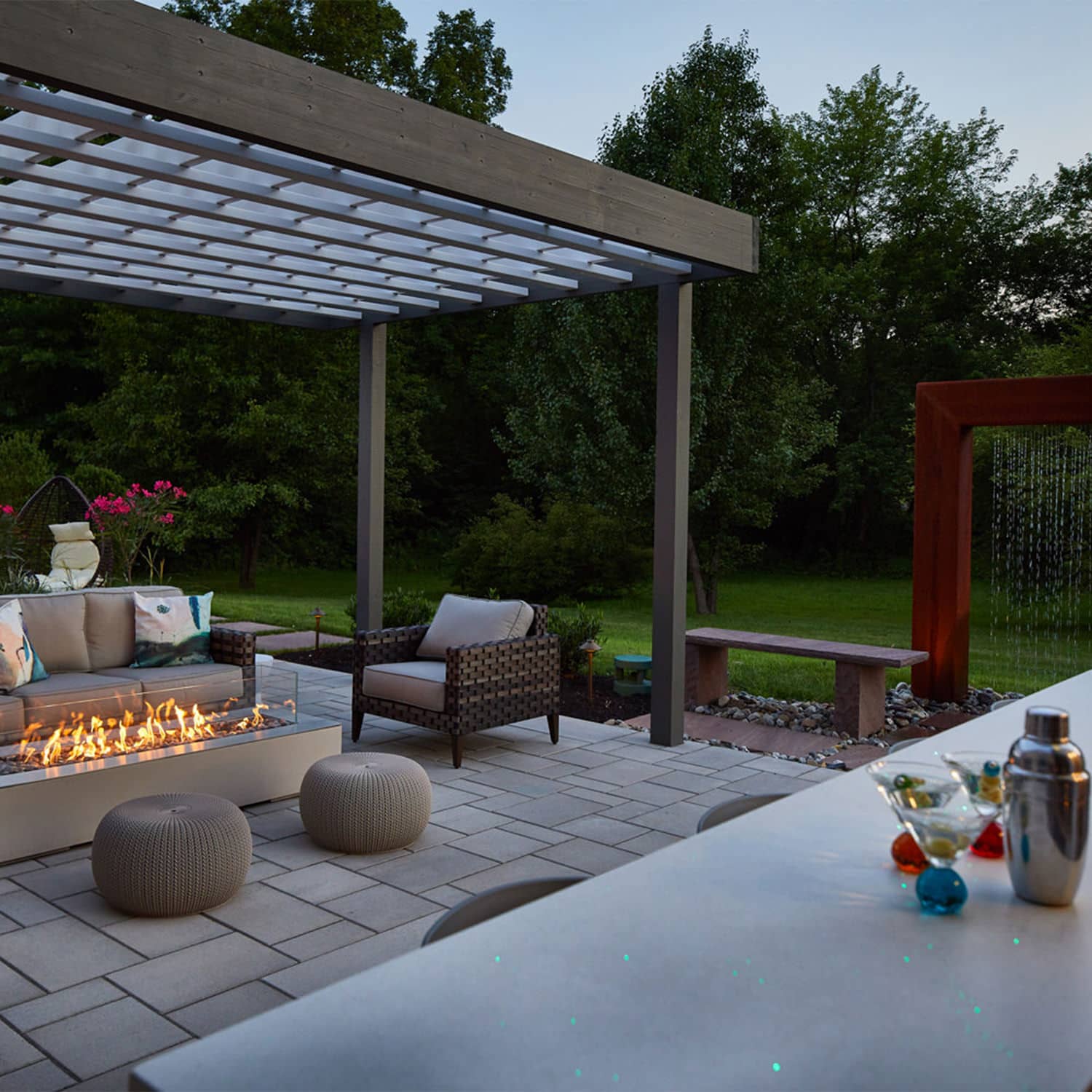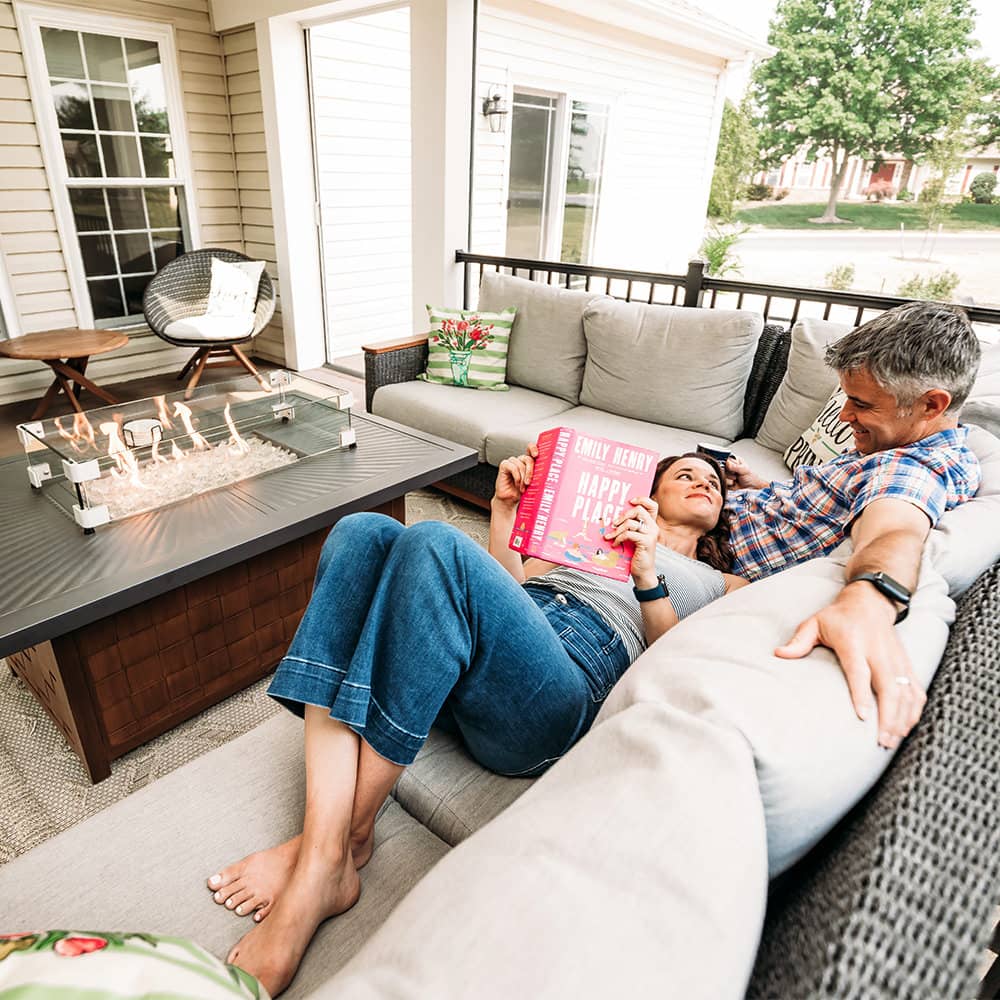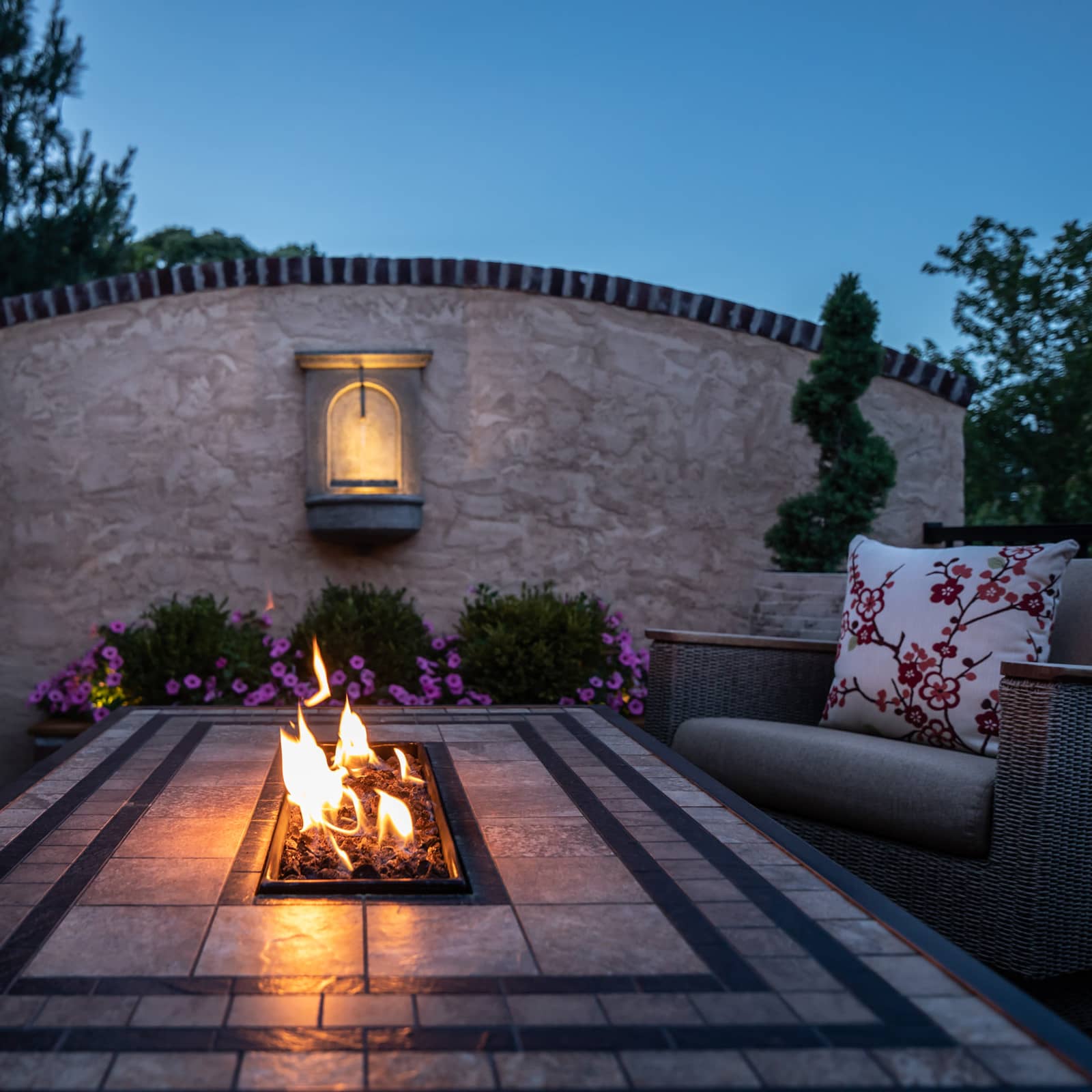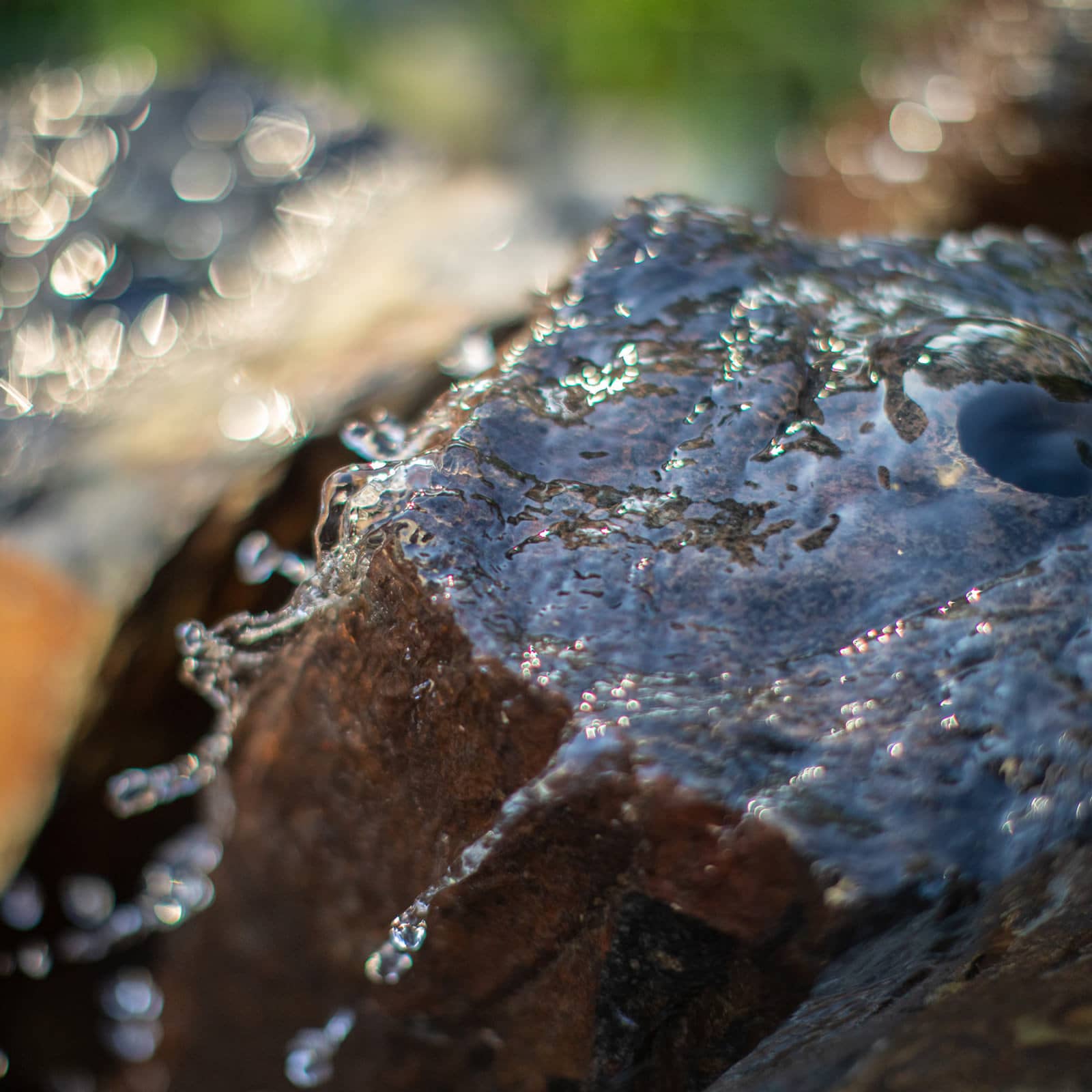Above ground vs Inground swimming pools
Posted May 9, 2019 in Water Feature
Homeowners and eager kids have officially made their break outdoors for the season and warmer weather is quickly approaching! This truly is a wonderful time of year as everything starts to regain color and come back to life. With the winter far behind, we guarantee homeowners everywhere are standing in their backyard, looking around and assessing what needs to be done and what they would like done with their outdoor living spaces! For some, a swimming pool may be the main topic of conversation.
Honestly, a swimming pool is an amazing feature to include in your landscape design. Not only do pools create a fun place for exercise and play, but this water feature increases family time and sociability! After making the decision to seriously pursue a swimming pool for your own backyard, you will need to decide whether you want an above ground or inground pool. For some, a pool is a pool and as long as the family stays cool during the summer, it’s all the same. However, there are pros and cons to both above and inground pools, you will need to do your research to find which is going to suit your family, property and budget best!
Lucky for you, we are dedicating this week’s blog topic to above ground vs inground swimming pools to shine some light on the subject.
Types
If you would like an in-depth explanation and pros/cons list of the 3 types of inground swimming pools, click on that link and you will be directed to a previously written MasterPLAN blog on the subject! For the sake of this article, we will give a quick rundown:
Fiberglass: Known for their prefabricated and homogenous simplicity, this type of inground pool is made from a mold, transported to your home and installed via crane into the hole dug by the pool company and electrical/plumbing connections are made. Because this type of pool is factory made and needs to be transported, homeowners may be disappointed to learn that the pool is limited in size and shape.
Vinyl Liner: Unlike fiberglass, vinyl liner pools are customizable and are not limited to size or shape. Constructed on site with galvanized steel or polymer walls, a vermiculite mixture will act as the base of the pool and a vinyl liner will be installed to act as the barrier between the water and the shell of the pool.
Gunite/Concrete: Gunite swimming pools are the most customizable and are only limited by your imagination. No matter the size or shape, every nook and cranny can truly be designed to the homeowner’s desires and the inclusion of add-ons like waterfalls, sheers or jets can be accommodated! This type of swimming pool has a rebar skeleton and enclosed in a gunite shell. While this pool is the most versatile and durable, it will take the longest to construct.
What about the options for above ground pools?
Well, above ground pools don’t vary much but can be constructed out of vinyl, metal or aluminum and require a liner to be installed to hold the water in. As far as shape, these pools are mostly restricted to circles, rectangles and ovals and are limited to a uniform depth across the pool. Diving and jumping into this type of pool isn’t recommended, as the depths are not regulation and can cause harm to those that aren’t careful.
Lifespan
When considering a swimming pool, longevity is essential in knowing that you are making a wise investment for your family and your home long-term.
Generally, above ground swimming pools don’t last as long as inground installations and their liner and structure will need to be replaced over time. While each region will have its own set of outside factors affecting the structure of above ground pools, they may last 8-15 years. Above ground longevity can vary among models, but this is one instance where you will get what you pay for…plan on investing in a higher quality pool and company if this is the route you want to take.
As you can guess, inground swimming pools have a longer lifespan and are less prone to major structural issues and repair. While the physical shell of each inground pool is very durable and sound, regular maintenance will keep these pools running beautifully and extremely well. On average, a vinyl liner pool will need a liner replacement every 13-15 years or so and gunite pools will need a resurfacing about every 10-12 years. With proper care and attention, inground pools will last longer than a homeowner lives in the home or as long as they are interested in the upkeep!
Maintenance
No matter what type of swimming pool you have, you can count on maintenance if you want crystal clear waters and flawless enjoyment. Both above and inground swimming pools will require skimming, vacuuming, chemical balancing and equipment maintenance…there is no getting around it. You may find that above ground pool maintenance is a little easier, due to the smaller size and depth, but most inground swimming pools come equipped with automatic vacuums to set and forget!
Cost
No one likes to talk about costs, but it is of utmost importance! A realistic view on budget and investment will get you swimming a lot quicker, so plan to take your level of commitment toward your new outdoor living space seriously.
Cost of above ground vs inground swimming pools is one of the primary differences between the two. Above ground pools have two price components: the kit and the installation. Depending on the quality and size of the pool, an above ground kit can cost $2,000-$5,000+ (oval pools will cost extra) and the installation can be upwards of $5,000. As mentioned before in getting what you pay for, the more resin and less metal an above ground swimming pool has, the longer it will last but it will also cost more.
Inground swimming pools require more of an investment, but as mentioned, will last longer with fewer problems. While customizable, it is hard to pinpoint the average cost of a vinyl liner swimming pool, but a starting point of about $40,000- $45,000 would be a fair estimate. The national average range for fiberglass swimming pools is between $41,500-$45,000. Factors such as transportation fees and the overhead/radius clearance for proper crane installation may add to cost. Gunite swimming pools require the most investment, starting around $50,000 and ranging to $75,000 and beyond, depending on the fun features included in the plan.
Please keep in mind that for every swimming pool, you will need accompanying features. Above ground pools will need a deck with self-closing gate and lock. Inground swimming pools will need a concrete pool perimeter (at least) or a connecting patio, pool-code fence with self-closing gates that are equipped with locks and door/window buzzer alarms inside the home to alert foot traffic to the backyard as a safety precaution. All townships will need to see these swimming pool accompaniments to pass inspections and be code compliant.
Whether you’re looking to save money and would like a pool to serve your family for a few years or you prefer a permanent installation that is customizable and more aesthetic in your backyard, as long as you have done your research, you can decide which installation is best for your family, lifestyle and budget! Swimming pools are the quintessential part of summer that brings smiles to faces young and old and we wish everyone out there happy splashing this season!
Specializing in backyard transformations that include the installation of inground swimming pools, MasterPLAN Outdoor Living would love to partner with you to explore all options for your outdoor living space! Together, we can create a custom-tailored plan perfect to fit your family, lifestyle and home to ensure you live your best life outdoors. When you are ready to open the conversation about extending your livable space outdoors, reach out to MasterPLAN, we would love to welcome you into the family!
Join Our Newsletter
Stay up to date with what is happening with MasterPLAN Outdoor Living.

We incorporated a shallow sunshelf with in-pool loungers to this custom gunite swimming pool in Bethlehem so the adults could relax and catch some rays while keeping an eye on the little ones splashing and jumping!

This covered seamless transition deck allows you to be on a family vacation with the open swing of the french doors!
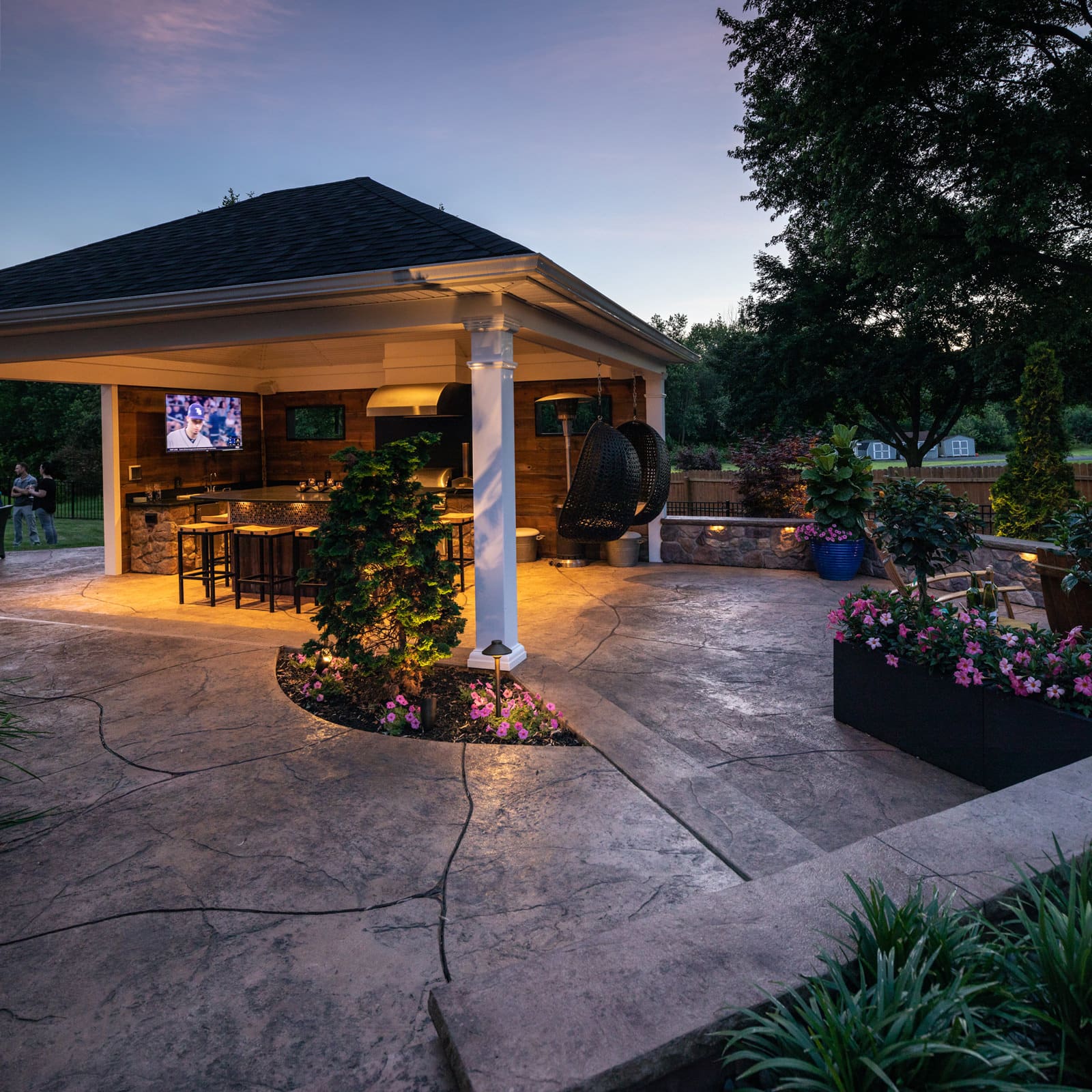
This pavilion protects the outdoor kitchen and allows the party to keep going at night, even in surprise weather!
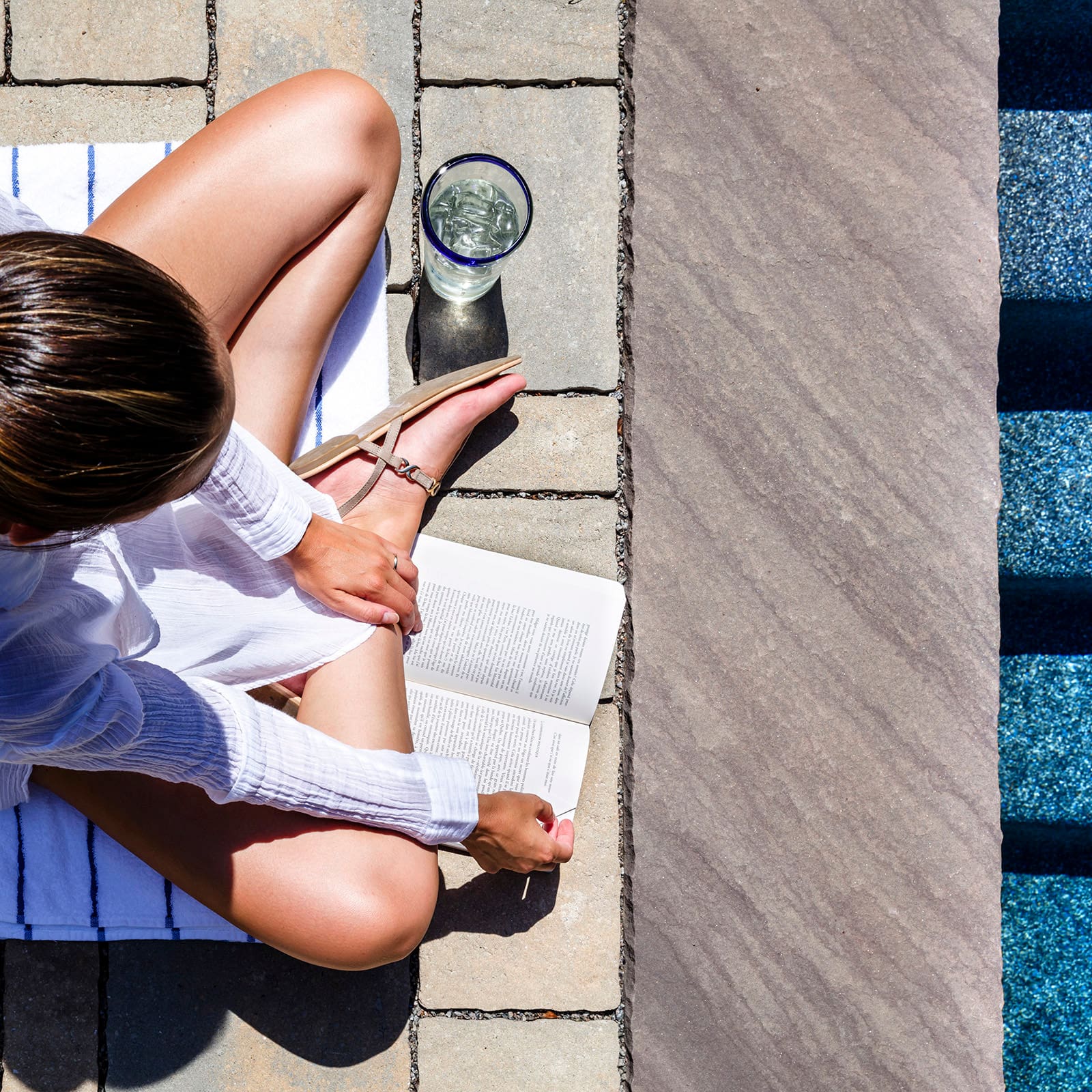
This Center Valley project combines all of nature’s finest elements into one beautiful landscape design.
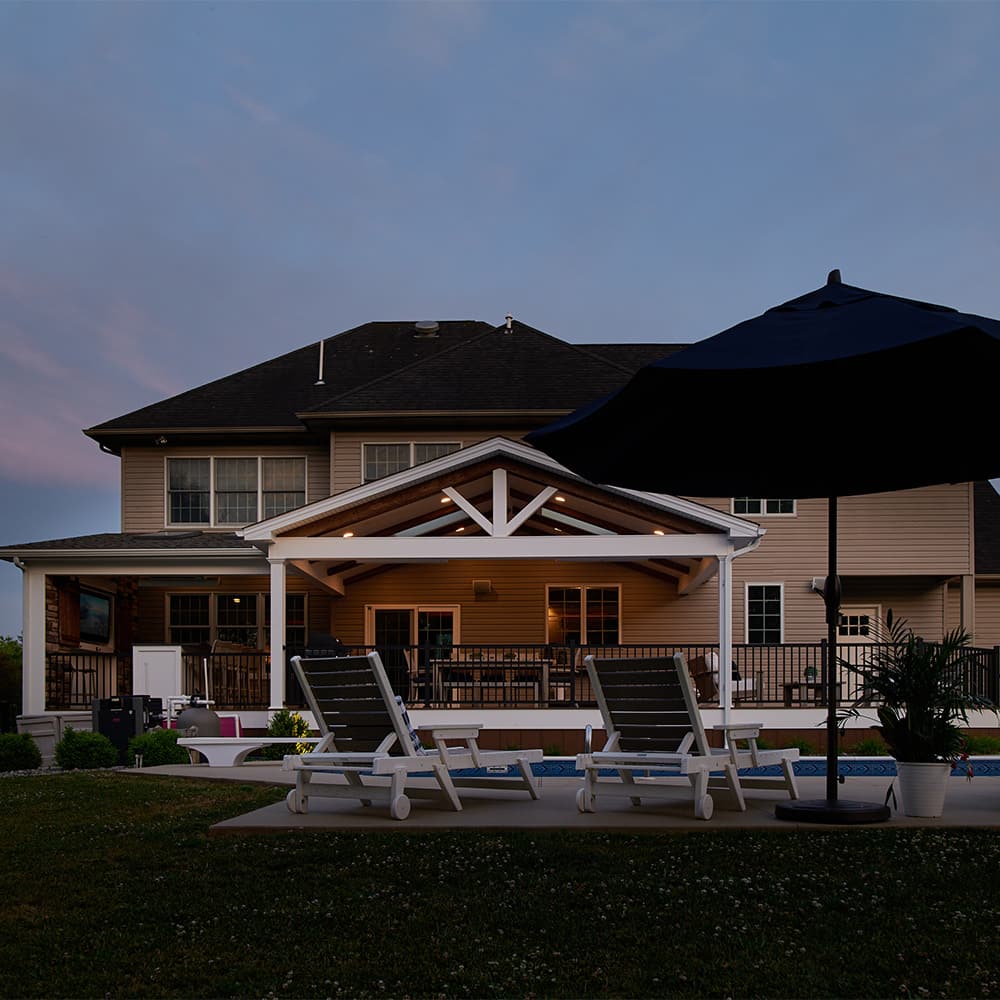
MasterPLAN Outdoor Living’s White Glove Service ensures everything in your project is taken care of for you. Reach out to MasterPLAN today to discuss your outdoor goals and how they can be transformed into your reality!
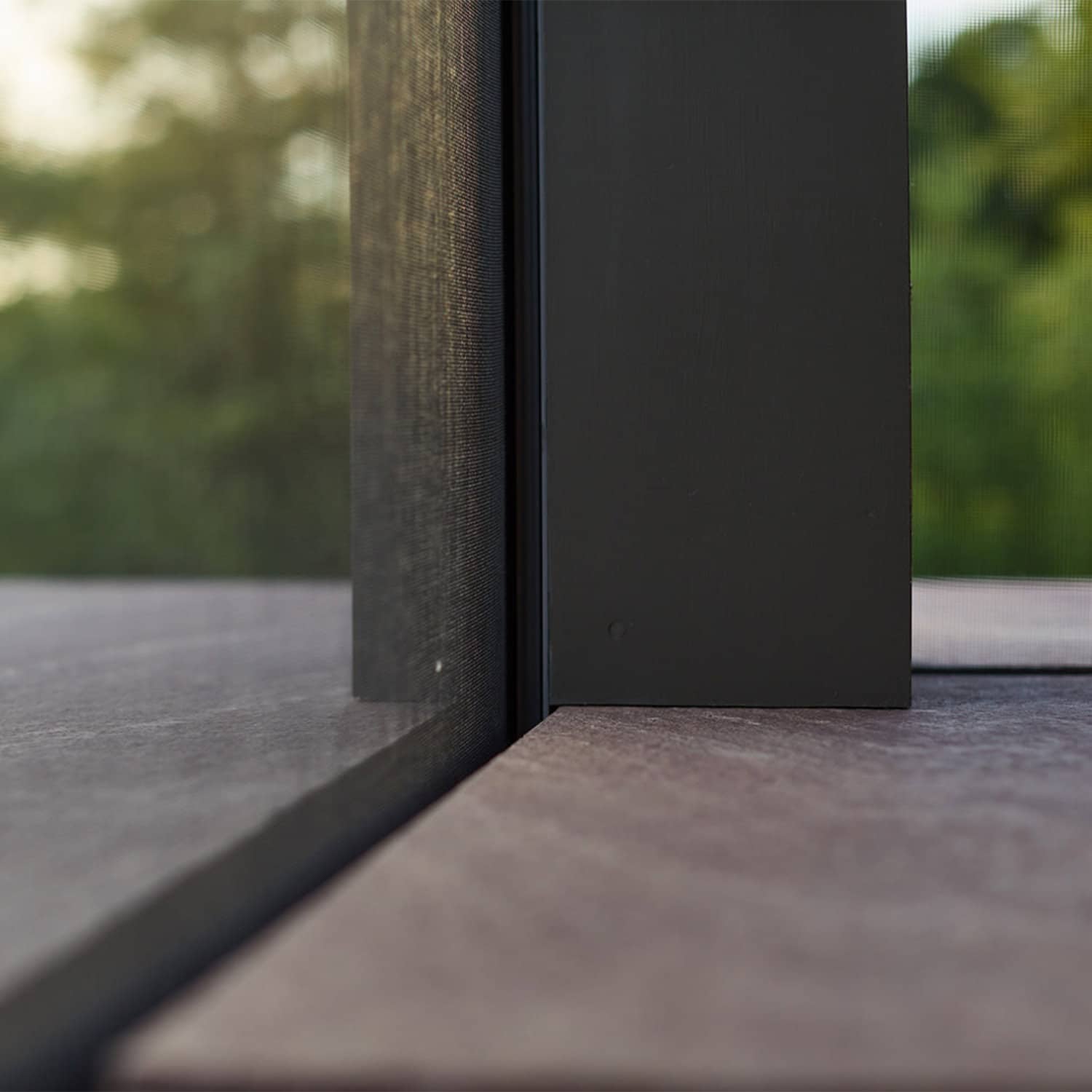
Automatic Phantom Screen Systems are a clean and efficient way to keep the bugs out of your outdoor party or hangout!





